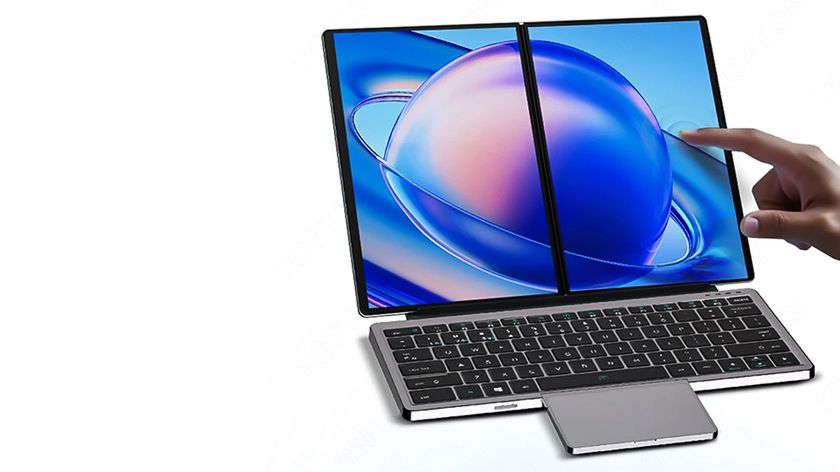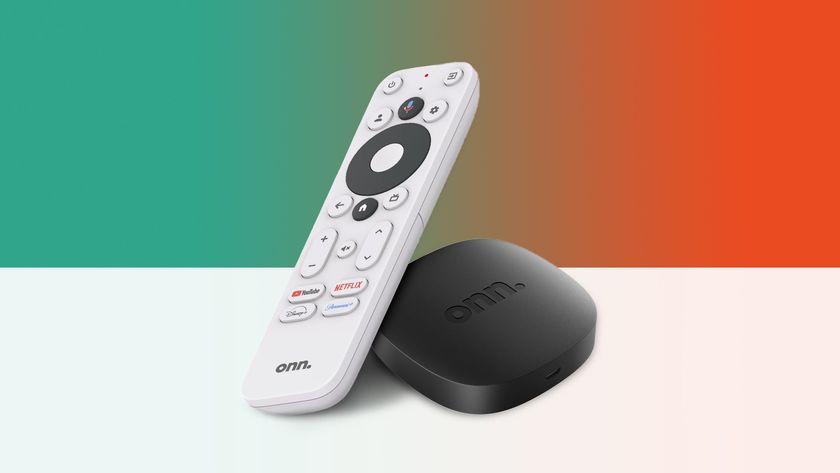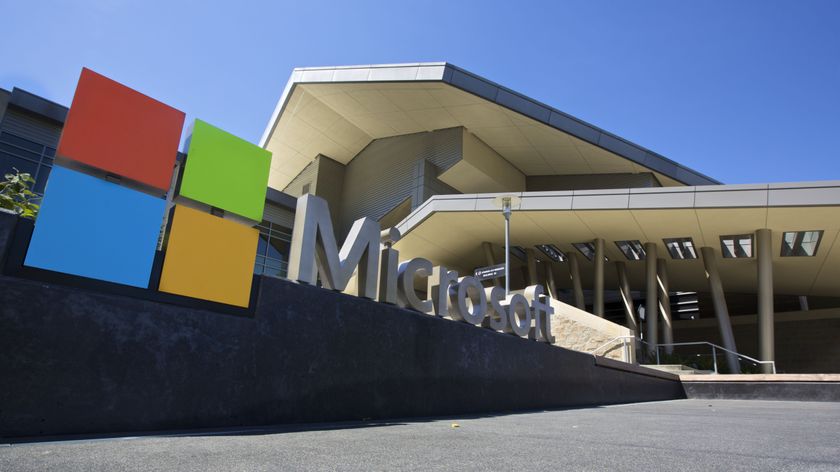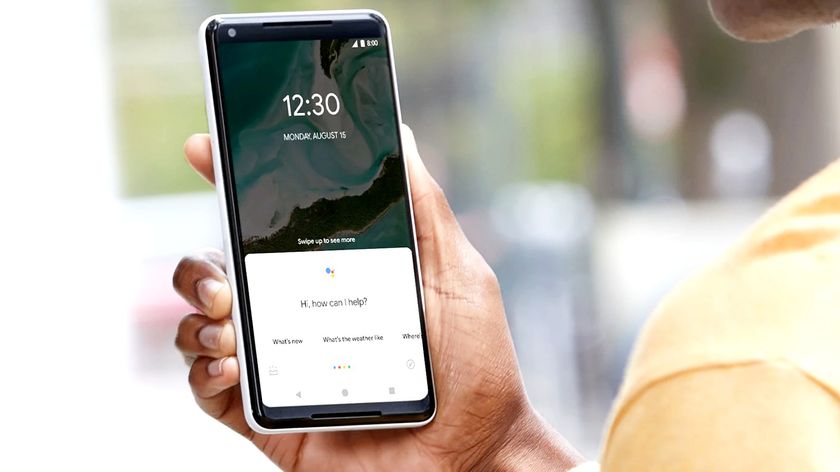O2 trials OpenRAN to improve indoor 4G and 5G coverage
O2 plans wider rollout in 2021
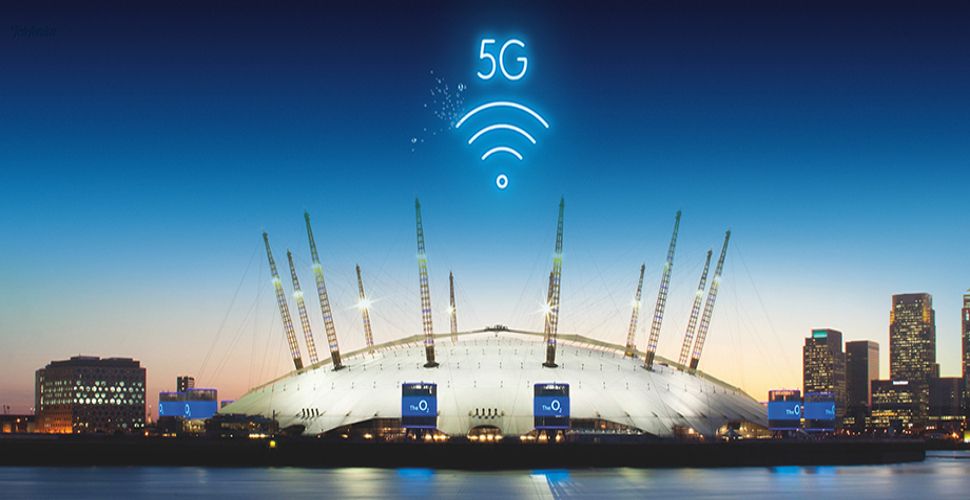
O2 says a successful trial of Open Radio Access Network (OpenRAN) technology on its network proves the technology’s ability to cost-effectively improve indoor 4G and 5G coverage.
The Radio Access Network (RAN) market has traditionally been dominated by a few major players who offer highly integrated cell sites comprising radio, hardware, and software. This approach has made it difficult for operators to mix and match innovations and has proved to be a significant barrier to entry for smaller vendors.
OpenRAN is a vendor-neutral approach with standardised designs that allow a variety of firms to supply hardware and software. Operators believe this can increase innovation, reduce costs, and reduce dependency on the ‘big three’ of Ericsson, Huawei and Nokia.
- These are the best business SIM-only deals around today
- And the best business broadband deals
- Here are the best business mobile phone deals
O2 OpenRAN
O2 is the latest operator to complete a trial of OpenRAN, using Vilicom’s Connectivity-as-a-Service network platform.
By virtualising RAN functions, the service allows network upgrades to be delivered as software, reducing the cost and space requirements that would be involved with additional hardware. In an indoor environment, this is particularly beneficial.
O2 is the first UK operator to use Vilicom’s technology and now plans a wider deployment next year. It says OpenRAN has the potential to “redefine” mobile economics.
“Mobile connectivity is playing a vital role in rebuilding Britain and OpenRAN technology presents an opportunity to provide better mobile coverage across the UK,” said Brendan O’Reilly O2 CTO.
Are you a pro? Subscribe to our newsletter
Sign up to the TechRadar Pro newsletter to get all the top news, opinion, features and guidance your business needs to succeed!
“We continue to invest in delivering the best possible network and are excited to be working with Vilicom to enhance indoor coverage for our business customers. OpenRAN integrations such as this are an integral part of our commitment to deliver the best network experience for our customers, where they need it most.”
While O2 had decided to use Ericsson and Nokia as RAN suppliers for its 5G rollout, the other three major UK operators had planned to use Huawei gear before the company was subject to a ban by the UK government.
OpenRAN equipment is emerging as a key technology for these operators as they seek alternative suppliers. Vodafone has already committed to deploying 2,600 OpenRAN sites, accounting for a third of the Huawei equipment it needs to swap out by 2027.
Analysts believe the market for OpenRAN technologies will reach $5 billion within five years, and it’s not just new players getting involved. Nokia and Ericsson have both joined the O-RAN Alliance, one of several open RAN organisations, which has a Alliance’s 170-strong membership of operators, vendors and research institutions. Earlier this year, the O-RAN Alliance agreed a partnership with mobile industry body, the GSMA.
Nokia also plans to integrate Open RAN interfaces and capabilities to its AirScale radio platform later this year.
- Here are the best O2 mobile deals
Steve McCaskill is TechRadar Pro's resident mobile industry expert, covering all aspects of the UK and global news, from operators to service providers and everything in between. He is a former editor of Silicon UK and journalist with over a decade's experience in the technology industry, writing about technology, in particular, telecoms, mobile and sports tech, sports, video games and media.




